The United Nations Educational, Scientific and Cultural Organization (UNESCO) has unveiled a remarkable collection of 24 new UNESCO World Heritage Sites, showcasing the world’s rich cultural and natural diversity. This latest roster includes 19 cultural, 4 natural and 1 mixed new sites, bringing the total to 1,223 inscribed properties. Each of these sites is celebrated for its significant cultural, historical, or natural importance, representing what UNESCO describes as having “outstanding universal value.”
We’ve curated a list of ten extraordinary places to visit from these new additions that have recently earned the UNESCO World Heritage status. From ancient ruins to breathtaking natural wonders, these destinations offer unique experiences for every traveller. Let’s explore these cultural and natural treasures together!
Also read: These Are the World’s New UNESCO Global Geoparks in 2024
New UNESCO World Heritage Sites
1. Cultural Landscape Kenozero Lake, Russia
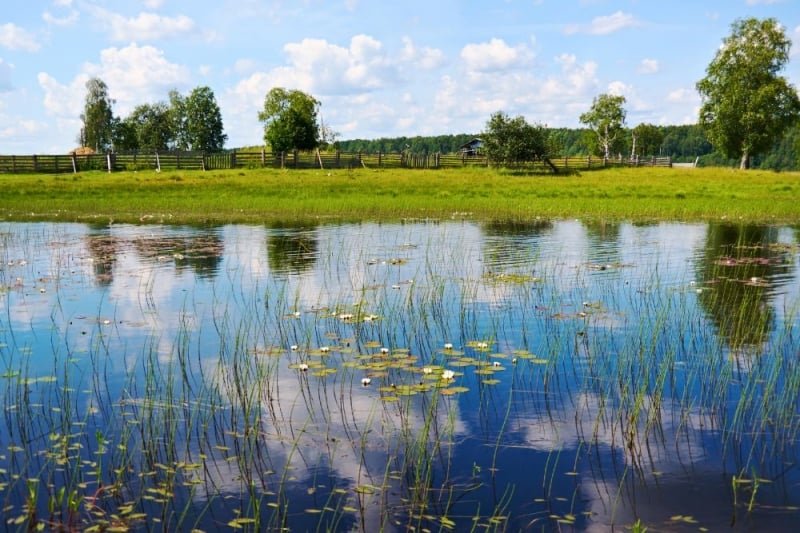
Image credit: MychkoAlezander via CanvaPro
The Kenozero National Park, also known as the Kenozersky National Park, is located in the northern part of the Russian Federation. It was recognised as a UNESCO Biosphere Reserve 20 years ago, and the cultural landscape of Kenozero Lake has been listed as a new UNESCO World Heritage Site.
This area showcases a cultural landscape developed from the 12th century during Slavic colonisation. It includes traditional rural settlements with wooden architecture, reflecting a blend of Finno-Ugric forest and Slavic field cultures. The landmarks here include wooden churches and religious buildings with painted ceilings, known as “heavens”, which showcase the residents’ spiritual connection with their environment.
2. Moidams, India
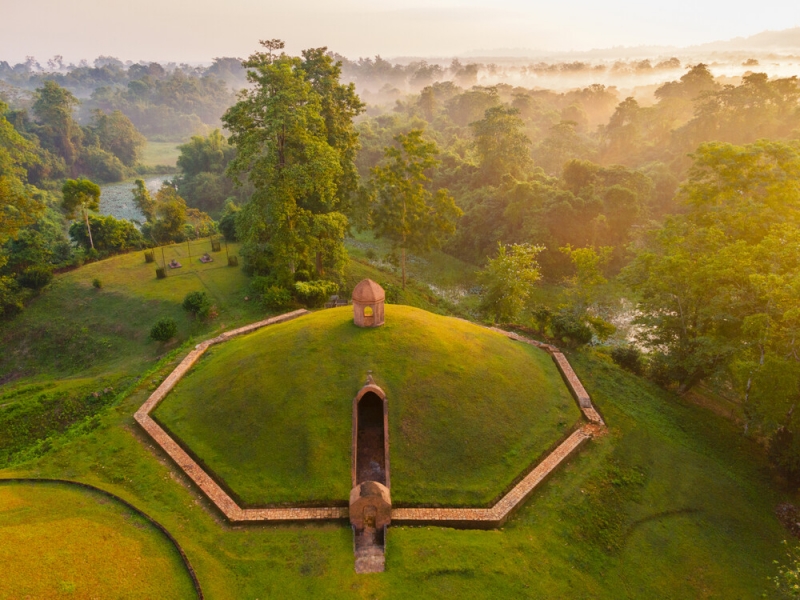
Image credit: Directorate of Archaeology, Government of Assam | UNESCO World Heritage Official Website
Found in northeastern India, Assam, “moidams” or “maidams” are ancient burial mounds created by Tai-Ahom for 600 years. Set in the foothills of the Patkai Ranges in eastern Assam, the site features 90 moidams of various sizes, constructed from brick, stone, or earth. These burial mounds house the remains of kings, royals, and their grave goods, including food, horses, and occasionally queens and servants.
Fun fact: Interestingly, traditional Tai-Ahom rituals like “Me-Dam-Me-Phi” and “Tarpan” are still practised here. These ceremonies typically involve offerings of food, fruits, and other items to the spirits of the ancestors, and are related to ancestor worship and honouring the dead.
3. Phu Phrabat, Thailand
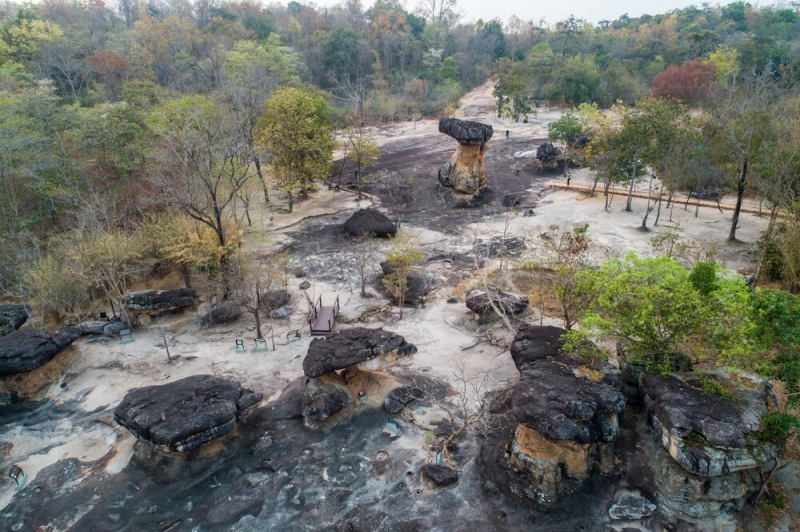
Image credit: The Fine Arts Department | UNESCO World Heritage Official Website
One of the new UNESCO World Heritage Sites in Asia, Phu Phrabat is a historical park situated in Ban Phue District, Udon Thani Province, Thailand. This unique archaeological site is home to distinctive sandstone formations, showcasing the Sīma stone tradition of the Dvaravati period (7th-11th centuries CE).
The rise of Buddhism in the 7th century spurred the creation of Sīma stones as sacred markers for Buddhist monasteries across the region. Phu Phrabat boasts the world’s largest collection of these stones, showcasing the region’s rich Buddhist heritage.
4. Tiébélé, Burkina Faso
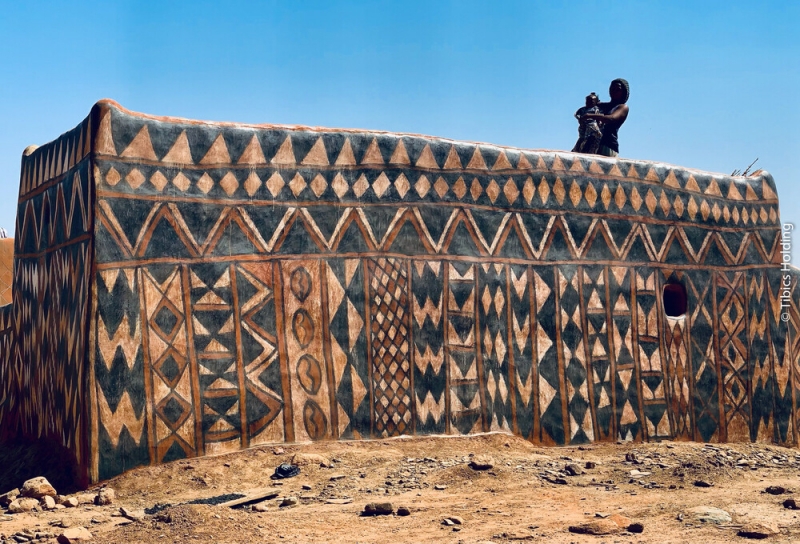
Image credit: Adama BADINI © DGCA/MCCAT | UNESCO World Heritage Official Website
Situated in the West African country Burkina Faso, the Royal Court of Tiébélé is an earthen architectural complex established in the 16th century. The compound features separate living quarters, ceremonial spaces, and communal areas, all enclosed by protective walls.
The men of the Royal Court built the huts, which were then adorned with symbolic designs by the women, who have preserved this tradition over generations. This site reflects the unique social and cultural heritage of the Kasena people, an ethnic group primarily inhabiting northern Ghana and southern Burkina Faso.
5. Schwerin Castle, Germany
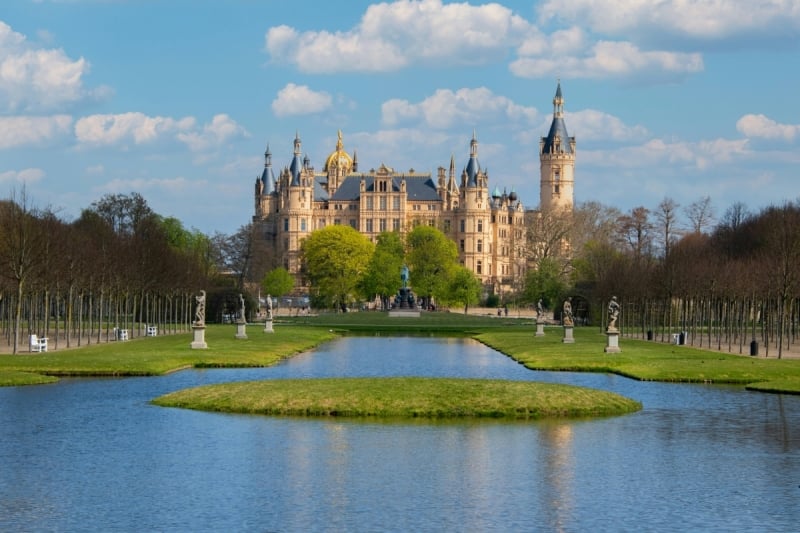
Image credit: Jan-Patrick Meyer | Unsplash
One of the most stunning new UNESCO World Heritage Sites is the Schwerin Castle, specifically the Schwerin Residence Ensemble in Germany. Even without its new status, this castle has long been a popular tourist attraction. Most of this architectural and landscape ensemble was constructed in the 19th century, offering a glimpse into the past with its over 30 well-preserved buildings.
These buildings, including palaces, sacred and cultural structures, court infrastructure, and official residences, reflect the historicist spirit of the time. The styles are diverse, range from neo-Renaissance to neo-Baroque and neo-Classical, with significant influences from the Italian Renaissance.
6. City of Gedi, Kenya
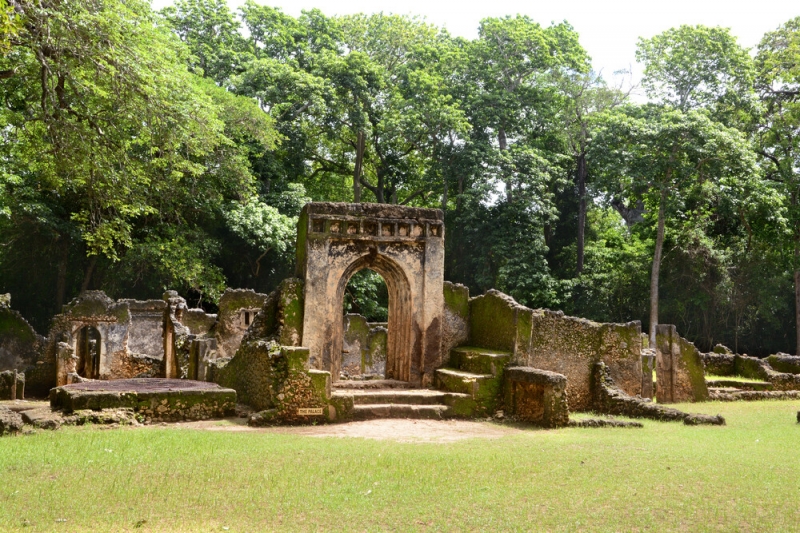
Image credit: Ashikoye Okoko © National Museums of Kenya | UNESCO World Heritage Official Website
Another new UNESCO World Heritage Site is an abandoned city in Kenya. Encircled by remnant coastal forests, the city of Gedi was one of the most important Swahili cities on the East African coast from the 10th to 17th centuries. It played a significant role in a vast trade network spanning the Indian Ocean, linking African coastal centres with Persia and beyond.
Inside Gedi’s well-defined walls house remnants of domestic, religious, and civic structures, as well as a sophisticated water management system. Showcasing Swahili architecture and town planning, Gedi utilised materials such as coral rag, coral and earth mortar, and wood.
7. Umm Al-Jimāl, Jordan

Image credit: Ali Barqawi © UJAP | UNESCO World Heritage Official Website
Umm Al-Jimāl, an ancient rural settlement in Jordan, has a history spanning over 15 centuries. It developed organically on the site of an earlier Roman settlement around the 5th century CE and functioned until the end of the 8th century CE.
This ancient town, once a thriving trade hub, offers a glimpse into Nabataean, Roman, Byzantine, and Islamic life with the basaltic structures. The earliest structures date back to the 1st century CE from the Nabataean Kingdom. The site’s diverse epigraphic corpus, inscribed in Greek, Nabataean, Safaitic, Latin, and Arabic, chronicles its historical and religious changes.
8. Badain Jaran Desert, China
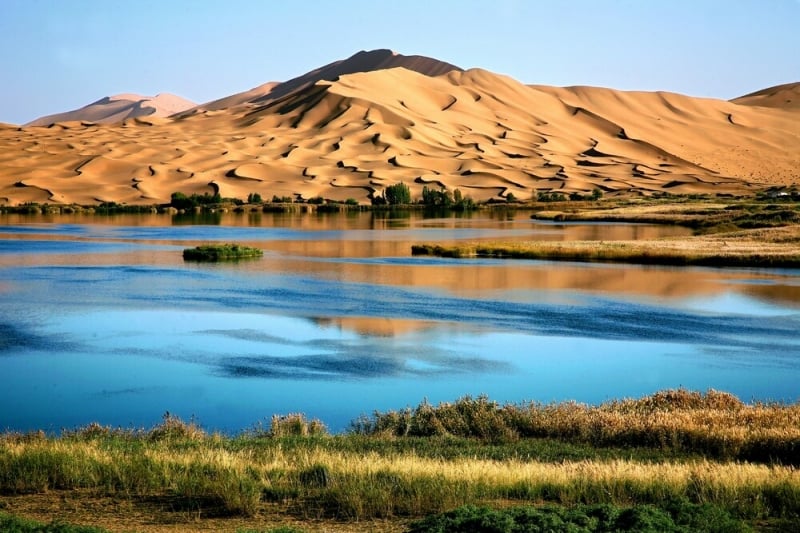
Image credit: Badain Jaran Nature Reserve | UNESCO World Heritage Official Website
This stunning landscape featuring towering dunes and lakes is the Badain Jaran Desert, located in the Alashan Plateau in northwestern China. It is the third largest desert in the country and is notable for its high density of mega-dunes and inter-dunal lakes.
In addition to the sand dunes and innumerable lakes, the Badain Jaran Desert also boasts unparalleled features. For instance, the “singing sands”, which produce a resonant sound when the wind moves dry, loose sand, and its impressive wind-eroded landforms. This diverse ecosystem supports an abundant variety of wildlife, making it a compelling new UNESCO World Heritage Site worth learning about.
9. Lençóis Maranhenses National Park, Brazil
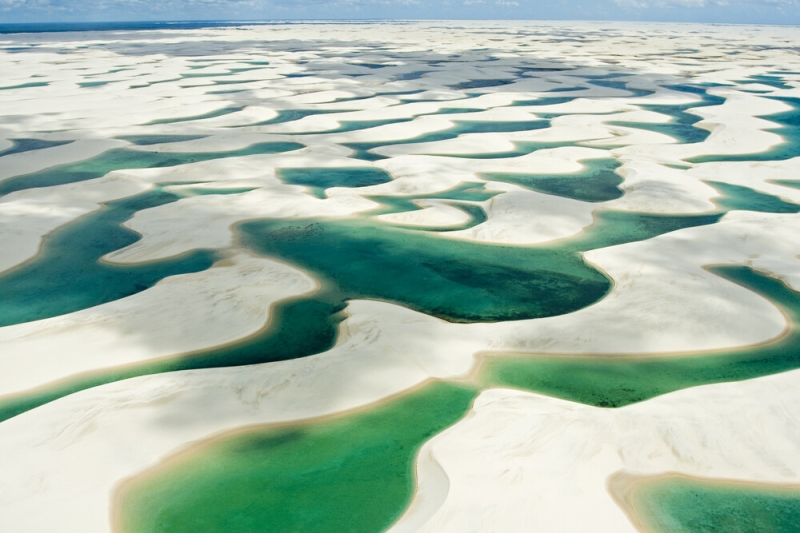
Image credit: Marcos Issa | UNESCO World Heritage Official Website
On the east coast of Maranhão in Brazil, where the Cerrado, Caatinga, and Amazon biomes intersect, you’ll find the captivating Lençóis Maranhenses National Park. Over half of this area is covered by a white coastal dune field with both temporary and permanent lagoons, making it remarkable for its biodiversity as well as its aesthetic and geological significance.
Along an 80 km coastline, prevailing winds sculpt the dunes into chains of barchans, forming these colourful lagoons during the rainy season. This creates a breathtaking and picturesque landscape that is truly a sight to behold!
10. The Flow Country, United Kingdom
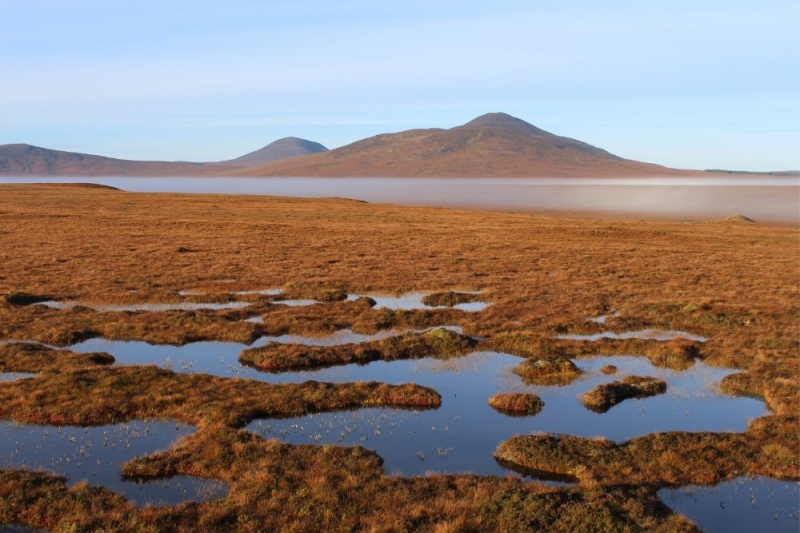
Image credit: Jsabel via CanvaPro
Sitting in the Highland Region of Scotland, United Kingdom is the Flow Country, the biggest expanse of blanket bog in Europe. This unique peatland ecosystem, which has been accumulating for 9,000 years, offers diverse habitats for various bird species and features unparalleled characteristics.
Beyond its marvellous vista, the ecological processes of the Flow Country are crucial for large-scale carbon sequestration, making it a significant resource for research and education.
Also read: 10 Most Underrated Travel Destinations in the World
So, what are you waiting for? Start planning your next adventure by adding these gems to your bucket list! These newly crowned UNESCO World Heritage Sites are sure to give you unforgettable travel experiences.





